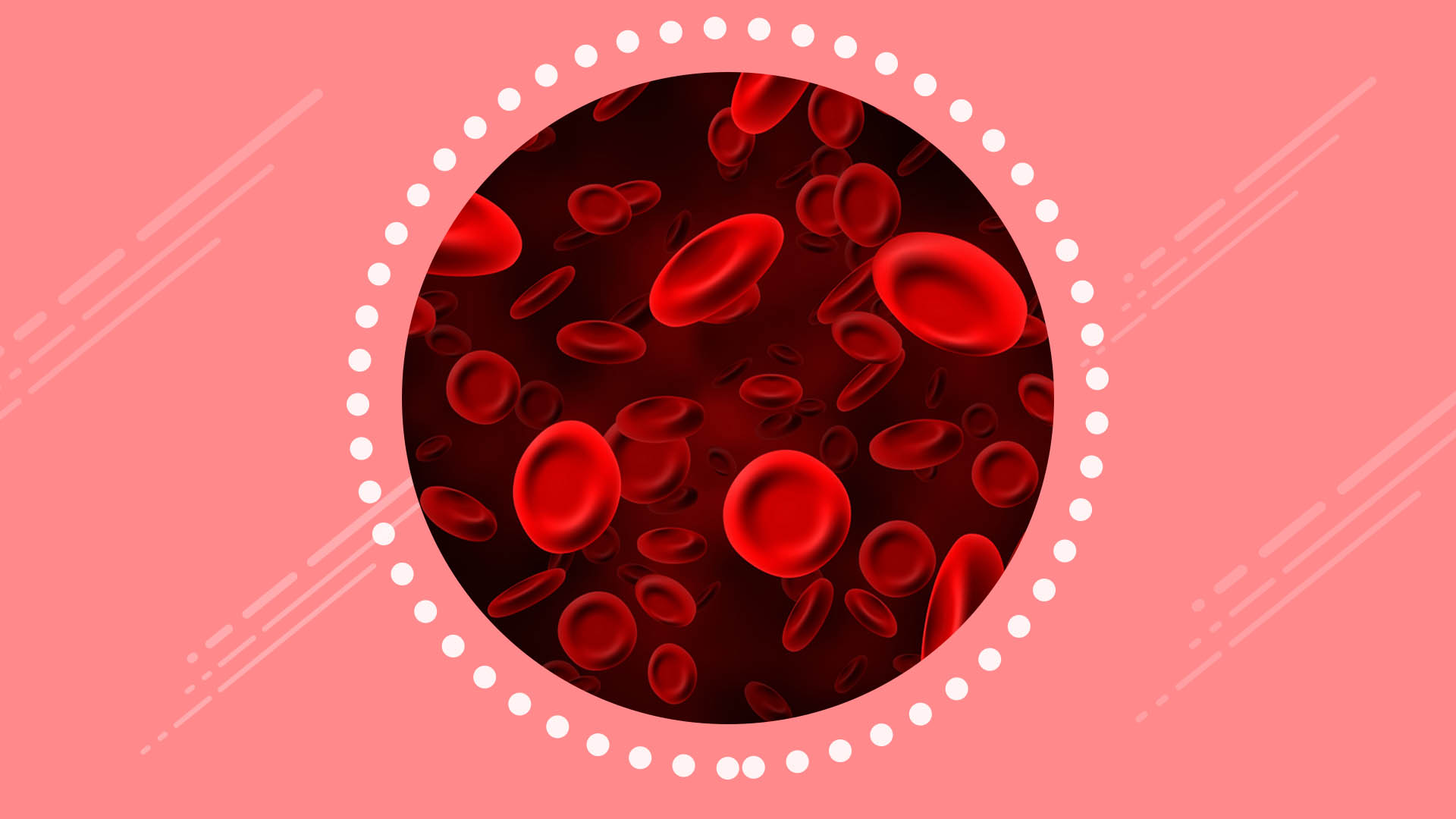What are some common blood disorders?
Common blood disorders typically include iron deficiency anemia, megaloblastic anemia, aplastic anemia, thrombocytopenia, and hemophilia. It is recommended to seek timely medical consultation at a hospital to determine the underlying cause and receive targeted treatment. Detailed explanations are as follows:

1. Iron Deficiency Anemia
Iron deficiency anemia may be caused by insufficient iron intake despite increased iron requirements, impaired iron absorption, or excessive iron loss. Patients may experience symptoms such as dizziness, blurred vision, tinnitus, difficulty concentrating, decreased stamina, and dry, brittle hair. Treatment may include iron supplements as directed by a physician, such as ferrous succinate tablets, ferrous sulfate tablets, or iron dextran oral solution.
2. Megaloblastic Anemia
Megaloblastic anemia is primarily caused by deficiency of vitamin B12 or folic acid; it can also be caused by hereditary or drug-induced DNA synthesis disorders. Patients may experience recurring tongue inflammation, fatigue, loss of appetite, abdominal distension, and other symptoms. It is recommended to take medications such as folic acid tablets, vitamin B12 tablets, and ferrous gluconate tablets under medical supervision.
3. Aplastic Anemia
Aplastic anemia may result from defects in bone marrow hematopoietic stem cells, damage to the hematopoietic microenvironment, and immune system changes caused by viral infections, chemical factors, radiation, and other causes, leading to bone marrow failure. It is commonly accompanied by symptoms such as anemia, bleeding, recurrent infections, dizziness, and palpitations. Patients may take medications such as recombinant human erythropoietin (CHO cell) for injection, tranexamic acid injection, and compound cyclophosphamide tablets as directed by a physician to relieve symptoms.
4. Thrombocytopenia
Thrombocytopenia is a condition in which the platelet count in the peripheral blood falls below the normal level, which may be caused by malnutrition, drug factors, infections, and other reasons. Patients may experience symptoms such as mucosal bleeding, fever, difficulty in wound hemostasis, skin spots, and arrhythmia. Treatment may include medications such as dexamethasone acetate tablets, blood platelet-increasing capsules, and aminepeptide tablets under the guidance of a physician.
5. Hemophilia
Hemophilia is a group of bleeding disorders caused by inherited deficiencies of clotting factors. The main manifestations include bleeding tendencies such as mucocutaneous bleeding, muscle bleeding, joint cavity bleeding, and visceral bleeding. Treatment for hemophilia mainly involves replacement therapy, which involves infusion of the deficient clotting factors.
It is recommended to develop good living habits, maintain a balance between work and rest, and avoid excessive fatigue to promote overall health.






